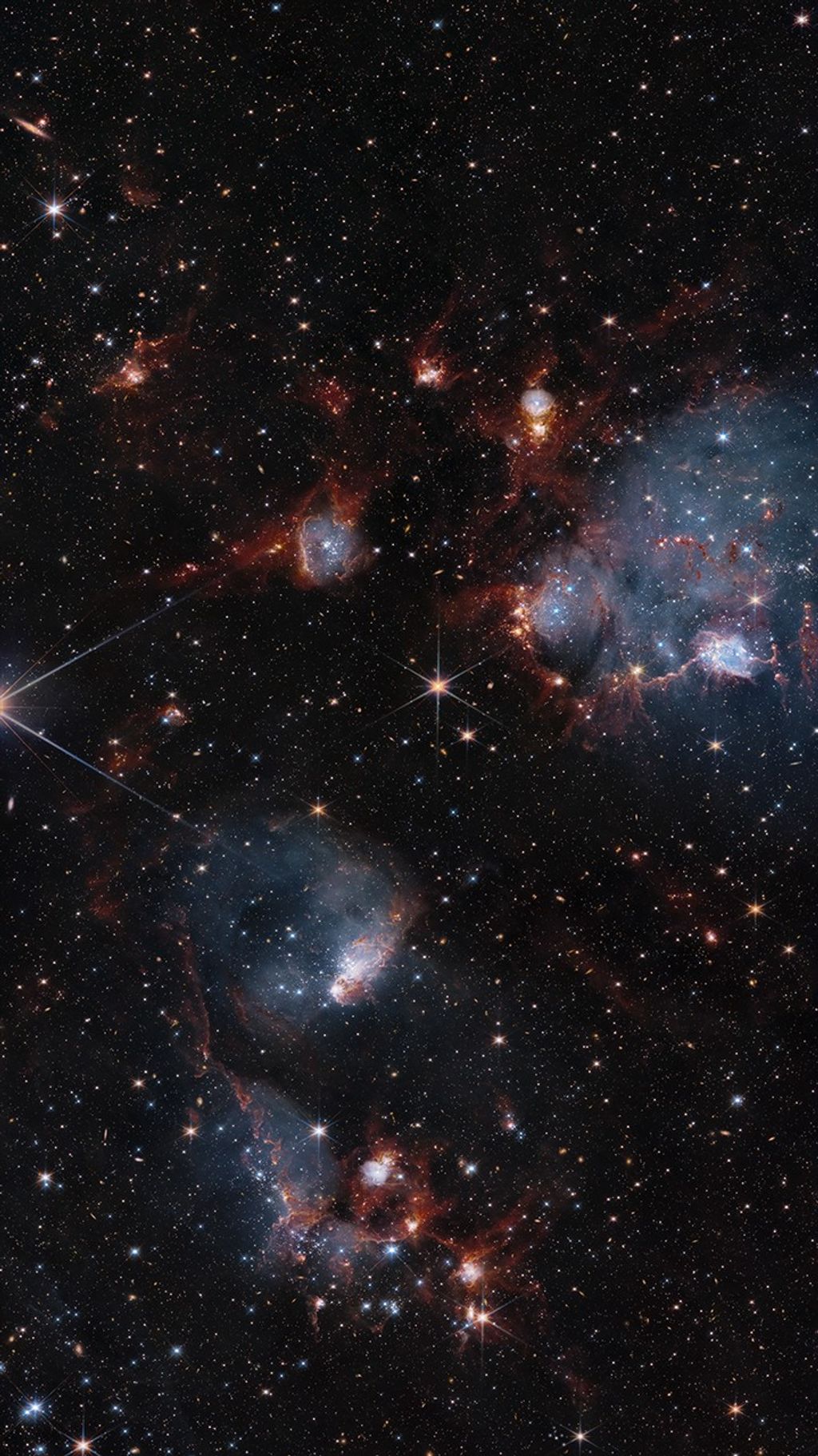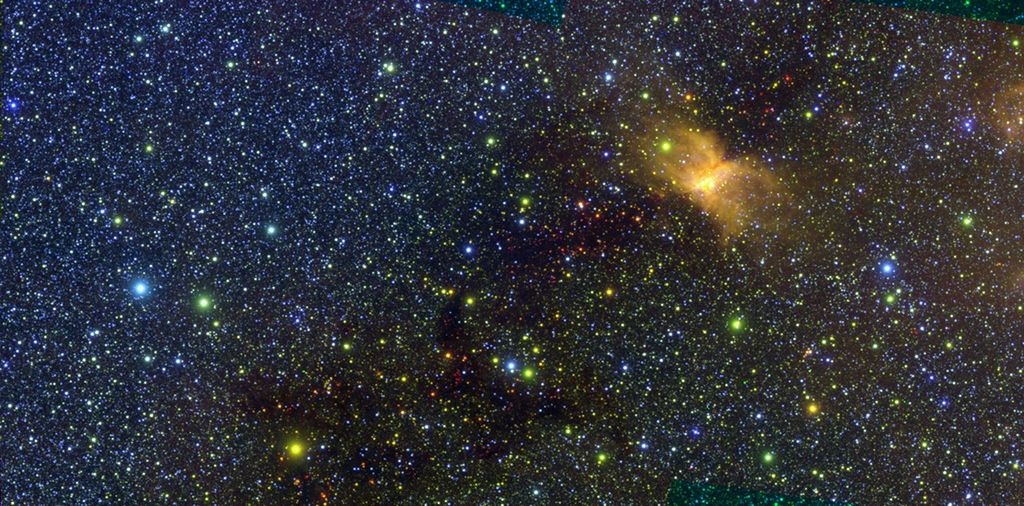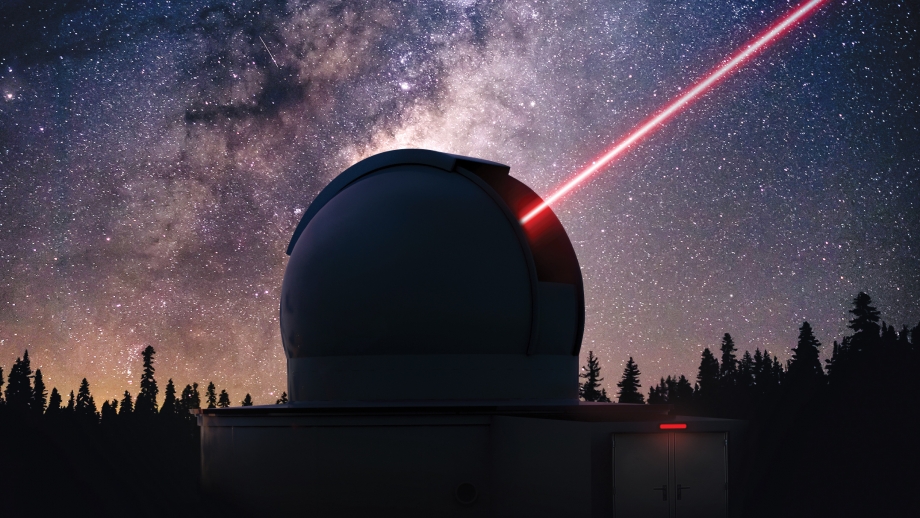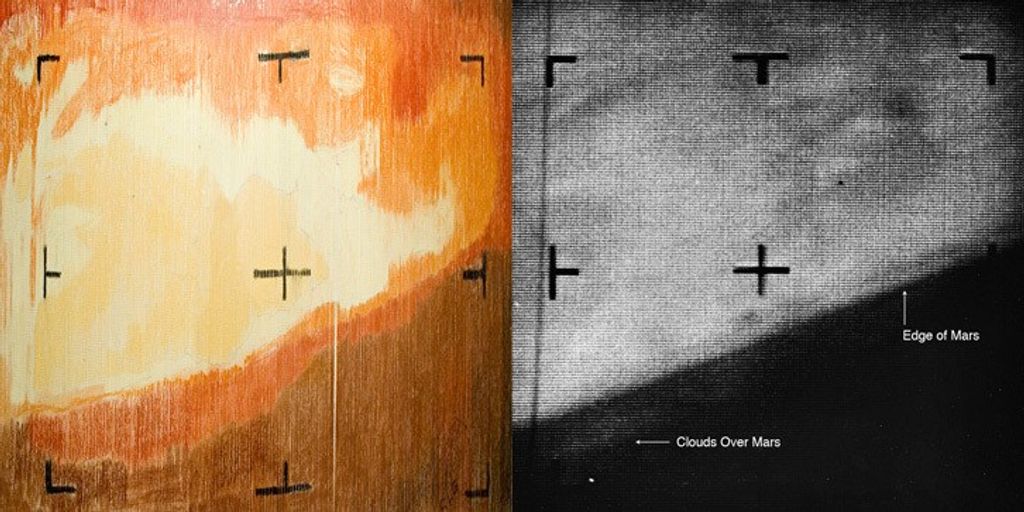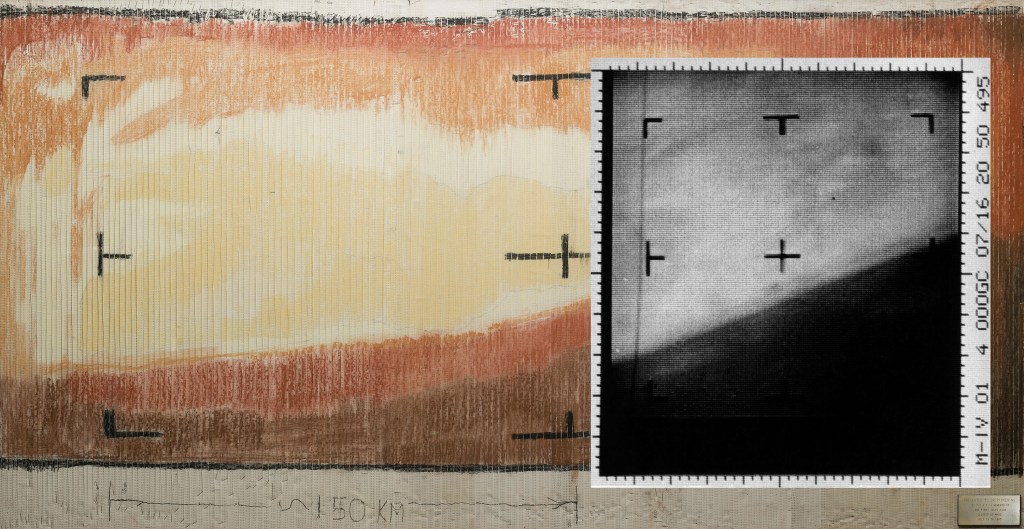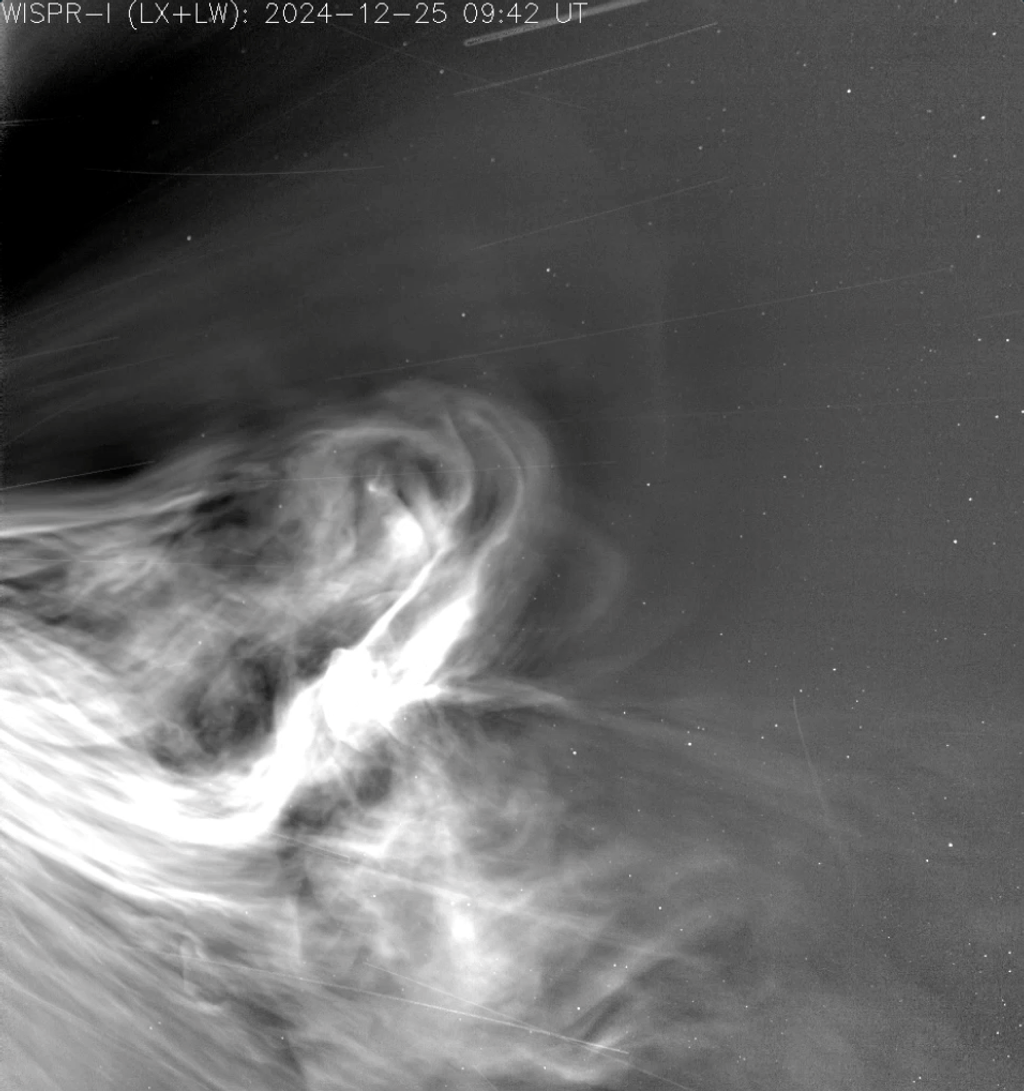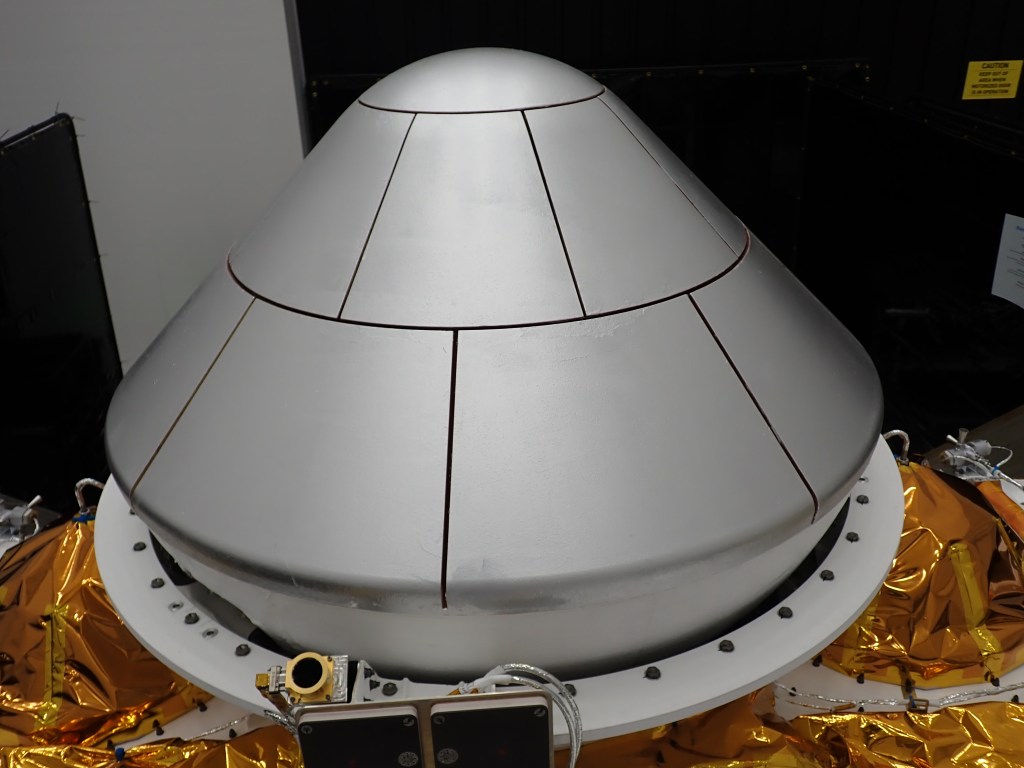Fornjot
Contents
Discovery
Fornjot was discovered on Dec. 12 2004, one of 12 Saturnian moons found that day by Scott S. Sheppard, David L. Jewitt and Jan T. Kleyna, using a wide-field camera on the Subaru 8.2-m reflector telescope on Mauna Kea, Hawaii. Brian Marsden computed the orbital elements.
Overview
Fornjot has a mean radius of 1.9 miles (3 kilometers), assuming an albedo (a measure of how reflective the surface is) of 0.04. It orbits Saturn at an inclination of about 170 degrees and an eccentricity of about 0.2. At a mean distance of 15.6 million miles (25.2 million kilometers) from Saturn, the moon takes about 1,494 Earth days to complete one orbit.
Fornjot is a member of the Norse group of moons. These "irregular" moons have retrograde orbits around Saturn—traveling around in the opposite direction from the planet's rotation. Fornjot and the other Norse moons also have eccentric orbits, meaning they are more elongated than circular.
Like Saturn's other irregular moons, Fornjot is thought to be an object that was captured by Saturn's gravity, rather than having accreted from the dusty disk that surrounded the newly formed planet as the regular moons are thought to have done.
How Fornjot Got its Name
Originally called S/2004 S8, Fornjot was named for the giant (also called Forniot) in Norse mythology who was father to the giants and commanded the wind, the sea and fire.

